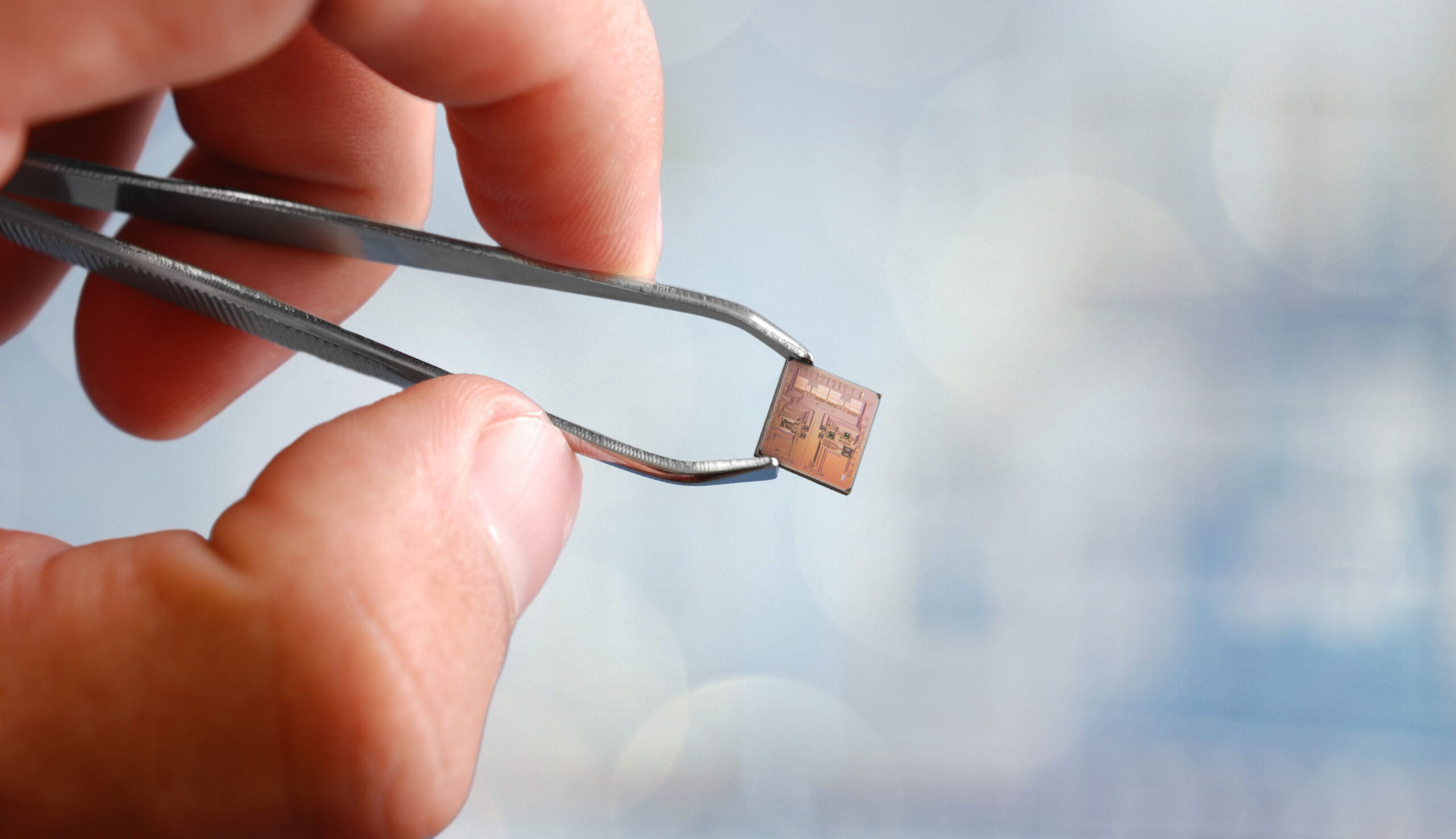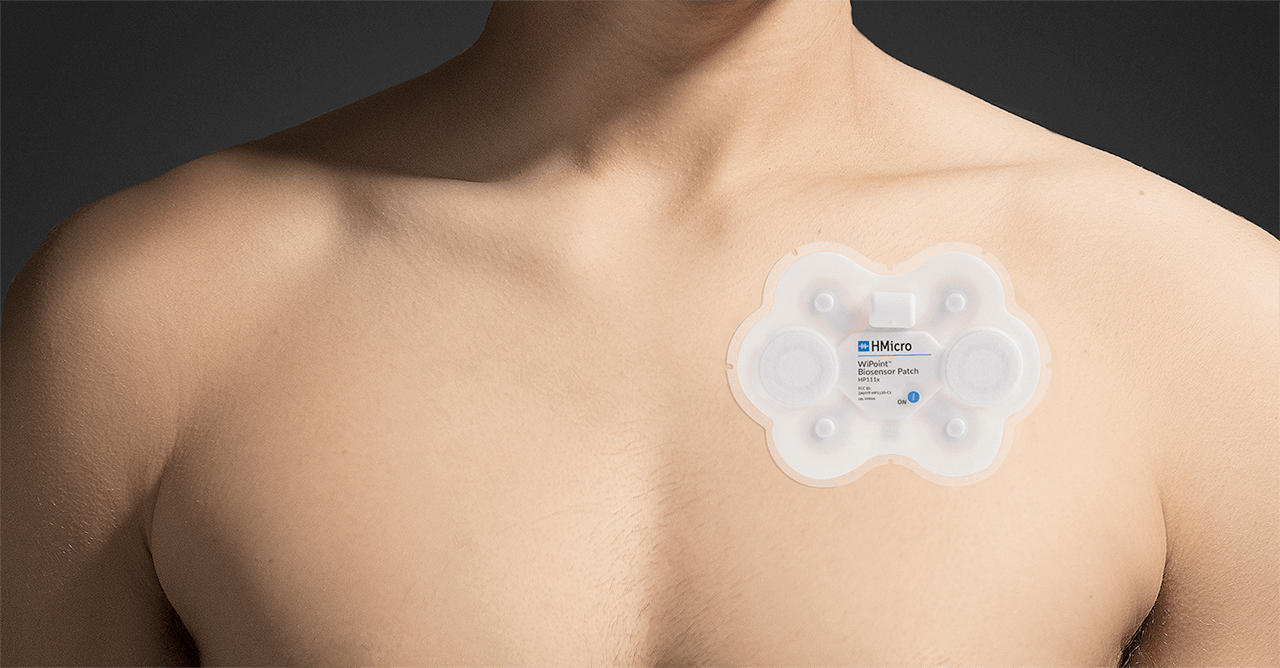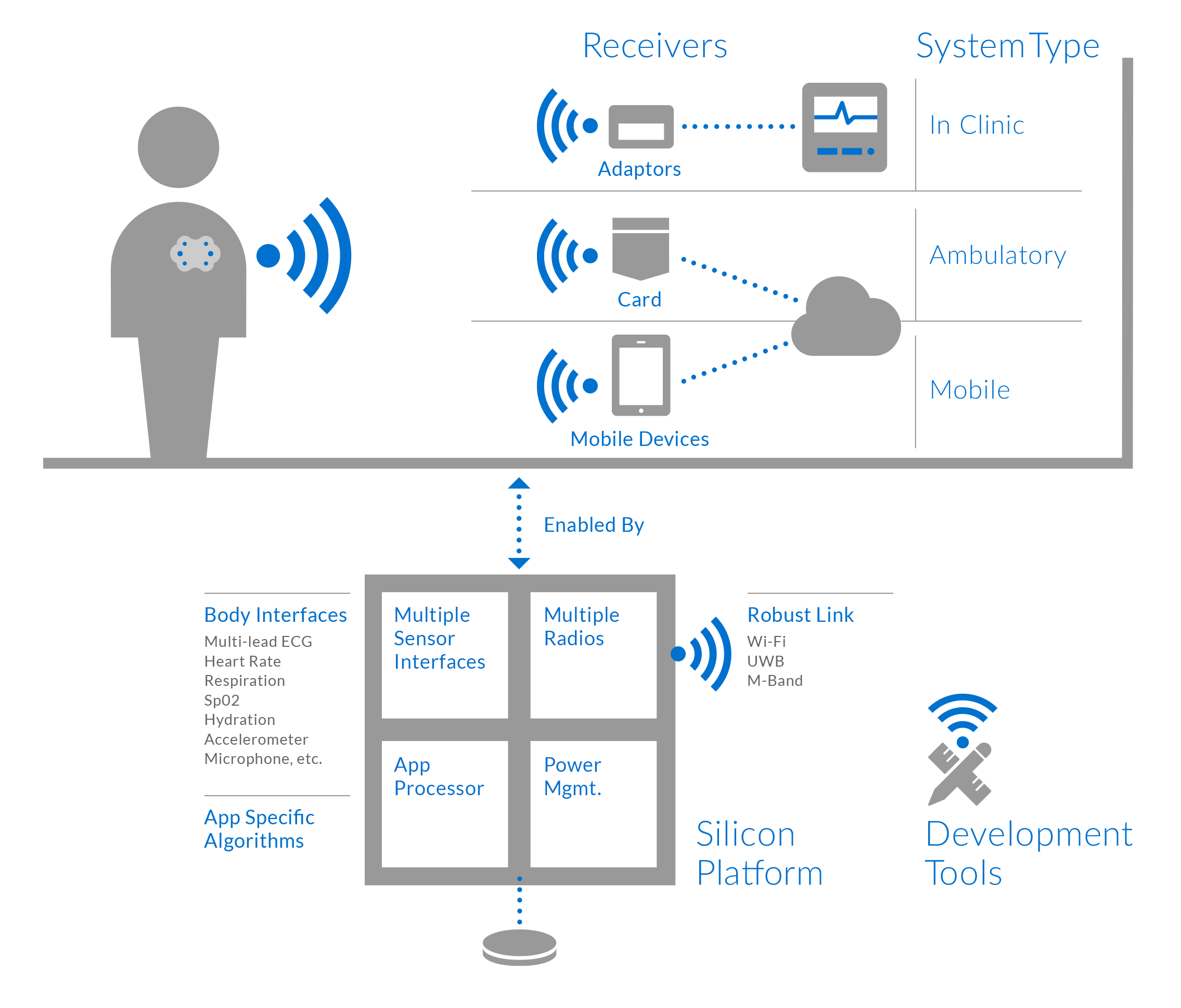How cutting bedside cables makes for speedier recoveries
When most people contemplate the “Internet of Things,” perhaps they envision a wearable device around their wrist counting steps or a pair of glasses offering directions or enhanced reality. Maybe they think of a factory that’s able to operate more efficiently because its various machines are constantly broadcasting status information to each other. Or perhaps they consider a skyscraper where heating and cooling is optimized via a network of “smart sensors,” making constant modifications to keep in synch as the outside temperature warms up and cools down. Chances are, however, their Internet of Things does NOT include a biosensor patch that could help cardiac patients make a speedier recovery by getting the patient out of the hospital a few days earlier because — for the first time — they’re able to follow their doctor’s advice to “get out of bed and move around.”
That is precisely what HMicro and ST engineers believe will be able to occur thanks to a new category of wireless products they’ve developed together: A single-chip solution for disposable clinical-grade wearable patches and biosensors that can replace the tangle of wires currently used in hospital settings for vital-sign monitoring.
The product, the HC1100, will be targeted at the global market for wearable sensors, which currently numbers five billion a year, including cardiograms. It takes advantage of the capabilities of both companies, including HMicro’s expertise in wireless communications and biosensing along with ST’s knowledge of sensing and manufacturing prowess.

The one-chip solution provides all of the power, sensing, and communications functions necessary for a disposable sensor for medical monitoring. The disposable HC1100 embeds three ultra-low-power radios for Wi-Fi, Ultra-wideband and Medical Band (MBAN) transmissions and has the capacity to support the monitoring of multi-lead ECG, heart rate, blood oxygen levels and respiration of 50 to 60 wirelessly-linked patients within a 25-meter perimeter, while continuously transmitting for up to five days at wire-grade link quality on low-cost Zn-Air coin batteries. In addition, MEMS microphones and motion sensors can detect patient behavior.
Surendar Magar, CEO and co-founder of HMicro, said the chip, the industry’s first silicon platform for clinical-grade monitoring, will become the building block of a new generation of medical monitoring devices that could solve many problems with current devices while addressing some of the challenges of rising healthcare costs and an aging global population.
Eliminate the cables
Most obviously, they would eliminate the wires and cables that currently connect the patient with bedside monitoring unit. This cabling is a source of constant problems in hospital settings, from an ever-present source of infection risk to an obstacle to mobility. The wired patches need to be replaced every few months and are often pricey. And, as many hospital patients can attest to, the cables frequently come loose, requiring the immediate attention of a nurse to replace the sensor, something that can awaken the patient from much-needed sleep or create vulnerabilities in remote-monitoring cases.
The new chip will make possible an even bigger benefit of the wireless monitoring devices; the freedom it gives to patients to get on their feet to start the out-of-bed exercise that all doctors agree are a crucial part of healing.
“In most hospitals, a monitored patient is basically a human being on a leash. We aim to painlessly cut the body wires in current clinical settings while maintaining the same clinical procedures and monitoring equipment,” said Magar. “You can recover more quickly if you aren’t laying in bed all the time. And if you can cut down someone’s hospital stay by even a single day, the accumulated savings will be tremendous.”
In addition to in-hospital monitoring applications, the chips can also become part of Holter and Event monitors, which are routinely used on an out-patient basis for cardiac tests. And, said Magar, HMicro’s chips and reference products are expected to serve as a core building block for a new generation of remote-monitoring telemedicine devices, which will allow hospital-grade tests to take place in a patient’s home that can now only be conducted in clinical settings, with the results transmitted through the cloud to the appropriate healthcare provider. The wireless paradigm will lead to cloud-based automated systems that will encourage rapid scaling of services at lower cost. Many experts see this as the only practical way to deliver critical healthcare to rural areas and to deal with the impact of aging populations. It is not going to be possible to simply build more and more hospitals.

The HC1100 device is also expected to find applications in industrial settings, said Benedetto Vigna, Executive Vice President and General Manager of ST’s Analog and MEMS Group.
Vigna said the HC1100 leverages ST’s experience in ultra-low-power cost-effective micro sensors for the consumer market in combination with HMicro’s success with ultra-low-power wireless connectivity. The device, he said, is the first product of a new wireless sensor family that can find application whenever ultra-low-power RF and highly accurate sensor interfaces are needed.”
The HC1100 is already available (from HMicro) in high volumes.
